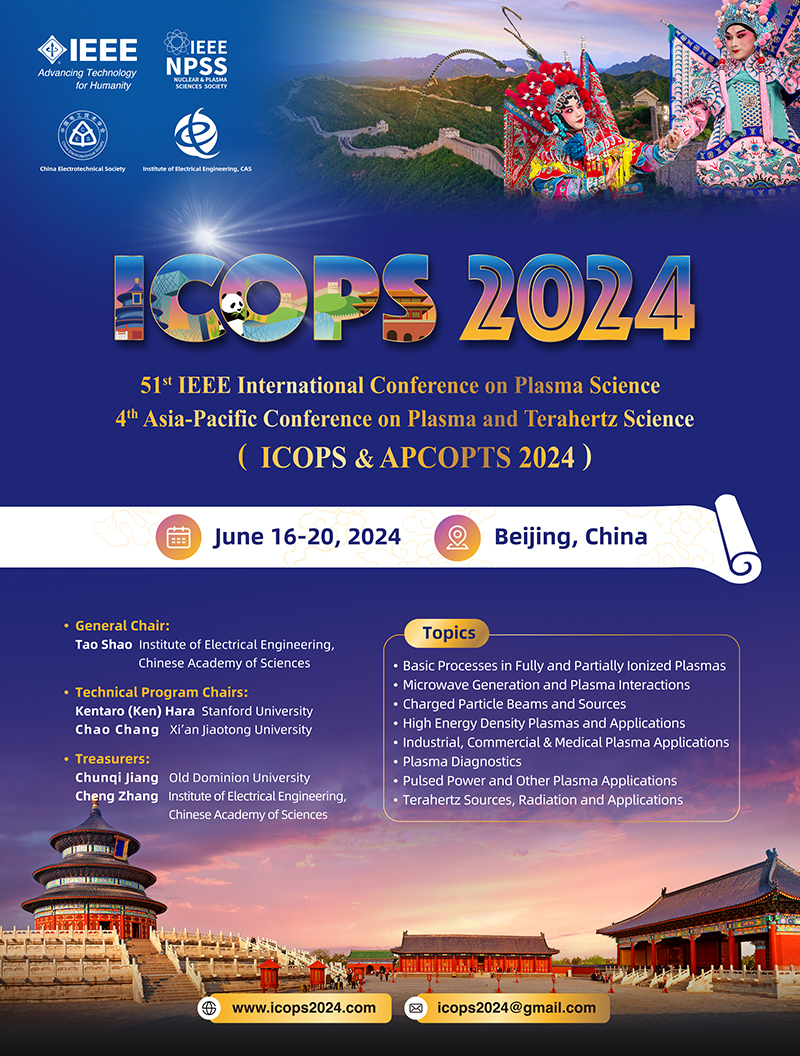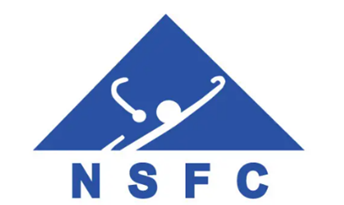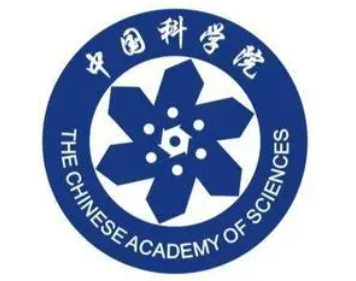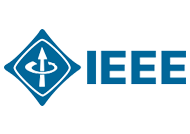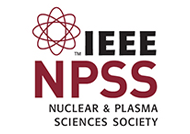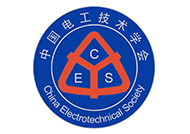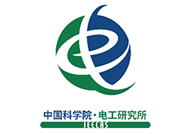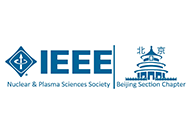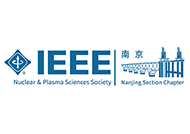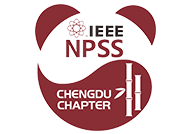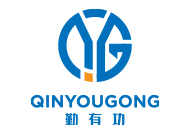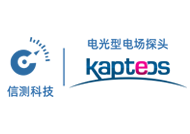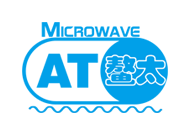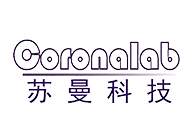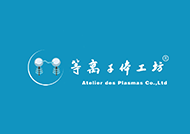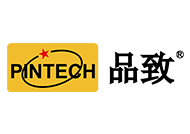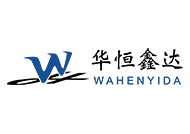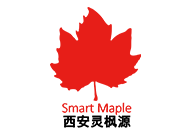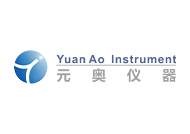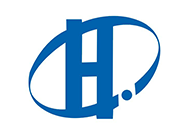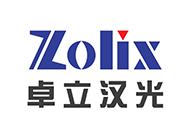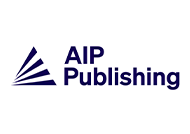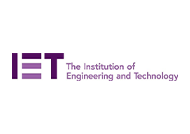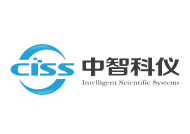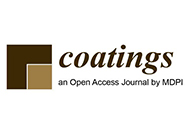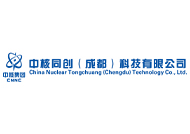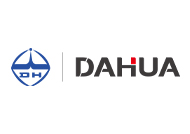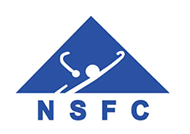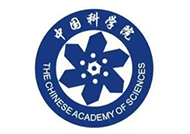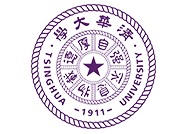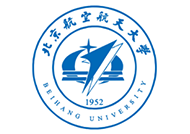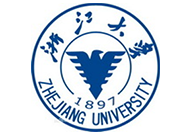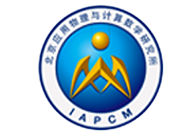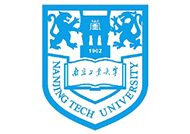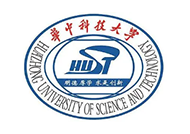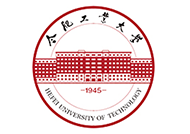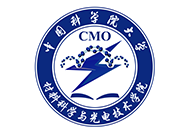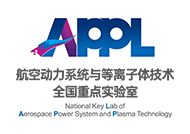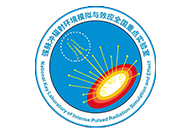- Home Page (overview)
- Important Dates
- Abstract Submission
- Organizers
- lnternational Committee
- Local Organizing Committee
- Technical Area Committee
- Session Organizers
- Special Sessions
- Technical Program
- Plenary Speakers
- Presentation Guidelines
- Post-ICOPS Publications
- Awards
- Student Paper Awards
- Student Travel Grants
- Young Professional Travel Grants
- Paul Phelps Continuing Education Grant
- Young Professionals Event
- Women in Engineering Event
List of ICOPS & APCOPTS 2024
Plenary Speakers
Svetlana Starikovskaia
Laboratory for Plasma Physics, LPP (CNRS, Ecole Polytechnique)
“Pulsed Nanosecond Plasma on the Service of Advanced Laser Diagnostics”
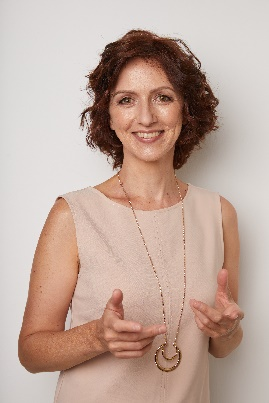
Prof. Svetlana Starikovskaia received the Ph.D. in Plasma Physics from Moscow Institute of Physics and Technology (MIPT) in 1993, Dr.Sc. degree from Joint Institute of High Temperatures Russian Academy of Sciences in Moscow State University in 2000 and degree of Professor from MIPT in 2006. She is currently a CNRS Leading Scientific Researcher in Laboratory of Plasma Physics (LPP) at Ecole Polytechnique, Palaiseau, France. Her scientific interest involves molecular energy transfer studies, non-equilibrium plasma research, plasma-assisted combustion, plasma-living cells interaction, shock waves and chemical kinetics research, plasma conversion of CO2. She was between the pioneers in the field of plasma-assisted ignition and combustion (PAI/PAC) and the author of the first review dedicated to PAI/PAC in 2006. On-going investigations involve the use of pulsed nanosecond discharges for plasma-assisted ignition of fuels at high pressure, plasma-assisted detonation; research related to development of pulsed discharges in a wide range of pressures (20 mbar-15 bar), wide range of specific deposited energy (0.001-10 eV/molecule); development of advanced laser diagnostics in short pulsed discharges.
The talk will review the work done by the group of kinetics of nanosecond discharges of Laboratory of Plasma Physics in the direction of studying of plasma parameters and optimizing plasma chemistry with the help of advanced laser diagnostics. Two methods will be targeted: electric field induced second harmonic (E-FISH) generation and two-photon absorption laser induced fluorescence. Nanosecond pulsed discharges at moderate pressures (tens-hundreds of mbars – 1 bar) with well-controlled electric field, current density, specific deposited energy (SED) will be used as a test bench for both techniques. It will be discussed how preliminary “shaping” of the discharge can help getting important data for plasmachemical applications (plasma-assisted combustion, plasma-assisted detonation, CO2 valorization). Advantages and difficulties of E-FISH will be discussed. A novel approach to calibration of ratio of two-photon Xe/O cross-sections for two-photon absorption fluorescence (TALIF) of atomic oxygen on the basis of direct TALIF measurements of O-atoms density accompanied by detailed kinetic calculations in the discharge providing 100% oxygen dissociation at moderate pressures will be presented.
Jie Zhang
Chinese Academy of Sciences/Shanghai Jiao Tong University
“Recent Progress of Double Cone Ignition Scheme of Inertial Confinement Fusion”
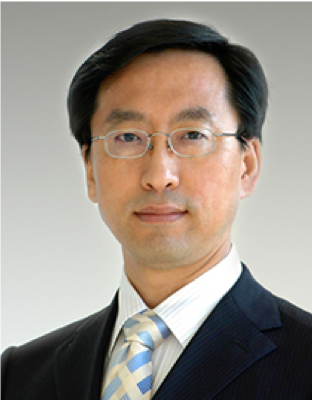
Prof. Jie Zhang works on high energy density physics and laser-plasma physics. He has made outstanding contributions to the development of saturated output of Soft X-ray lasers, new scheme of inertial confinement fusion (ICF) and ultrahigh spatiotemporal resolution MeV ultrashort pulsed electron diffraction and imaging. In 2015, he was awarded Edward Teller Medal, the most prestigious award in the field of ICF and high energy density physics in the world. In 2021, he was awarded Future Science Prize in Physical Sciences. He was elected Academician of the Chinese Academy of Sciences in 2003, member of the German National Academy of Sciences Leopoldina in 2007, Fellow of the Third World Academy of Sciences (TWAS) in 2008, Foreign Member of Royal Academy of Engineering (FREng) in 2011, the Foreign Associate of the National Academy of Sciences (NAS) in 2012. Professor Zhang was the President of Shanghai Jiao Tong University in the period of 2006-2017. He brought vitality, creativity and passion to the University. Under his leadership, Shanghai Jiao Tong University has made remarkable progress on its way to a world-class university. In the period of 2017-2018, he served as the Vice President of the Chinese Academy of Sciences. He has been the President of Chinese Physical Society since 2018. He is Director of Tsung-Dao Lee Institute.
In this talk, we present recent experimental progress on feasibility study of Double-Cone Ignition (DCI) scheme of inertial confinement fusion. A series of experiments to study the physics of the different steps of the DCI scheme have been conducted at Shenguang II-U laser facility. An optimized adiabatic compression in the conical implosion is performed by an optimized drive pulse from 8 laser beams. Corona-plasmas are carefully diagnosed and laser-plasma instabilities are found to be greatly mitigated by using large-angle irradiation with s-polarization. The angularly resolved measurements of scattered energies indicate that the total laser absorption by plasmas inside the cones can be over 90%. Sequence of shocks generated by the optimized drive pulse is carefully controlled to form an optimized adiabatic compression inside the cones. The density of the colliding plasmas from the two cones is measured to be about 46 g/cm3 and the velocity of the plasma jets from the cone-tips is about 200 km/s for a 12 kJ total laser energy on both cones. The colliding plasma temperature is increased to be 600 eV only with a 500 J ps heating laser pulse. The results validate the feasibility of the DCI scheme.
John Jelonnek
Karlsruhe Institute of Technology
“Megawatt-Class Gyrotron Developments for Today’s Plasma Fusion Experiments and Future DEMO at Europe”
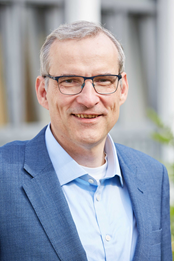
Prof. John Jelonnek received the Dipl.-Ing. and Dr.-Ing. degrees in electrical engineering from Hamburg University of Technology (TUHH), Germany, in 1991 and 2000, respectively. At TUHH he developed rigorous self-consistent analyses for gyrotron oscillators with particular focus on rigorous time-domain simulation at mismatched conditions and injection locking. From 1997 to 2011, John Jelonnek was working in several different positions in industry. Since 2011, John Jelonnek heads the Institute for Pulsed Power and Microwave Technology (IHM) at Karlsruhe Institute of Technology (KIT), Germany. Related to microwave technology, the research of high-power microwave sources, with particular focus on megawatt-class gyrotrons, and the application of microwaves to energy efficient industrial processes using dielectric heating and microwave plasmas are in the focus. John Jelonnek is a Professor for high-power microwave technology at KIT.
More than nine billion people will live on Earth by 2050, at least one billion people more than today. As the population grows, so does the world’s energy demand. Nuclear fusion is seen as a possible long-term option for a sustainable, non-carbon emitting global energy supply. In southern France, 35 nations are collaborating together to build ITER, the world's largest nuclear fusion experiment. China, a major driver in fusion technology, is amongst them. Several other publicly funded experiments are already operating or are under construction world-wide. In parallel, a number of privately financed start-ups are emerging around the world. All of those demand for powerful, flexible and efficient plasma heating methods. Electron Cyclotron Resonance Heating (ECRH) is a possible option. It allows for localized plasma heating and stabilization. Gyrotron oscillators (gyrotrons) are the only known sources which provide the necessary microwave power at Megawatt-levels and at the required frequencies ranging from below 100 GHz to above 200 GHz. In this presentation, the status and advances in gyrotron research and development, focusing on the developments at Europe, will be provided. It includes the advances in hollow-cavity gyrotrons for European plasma experiments, coaxial-cavity development for future DEMO, the multi-stage depressed collector concept and advanced frequency control of megawatt-class gyrotrons.
Weihua Jiang
Nagaoka University of Technology
“Pulsed Power Source Technology for Plasma Applications”
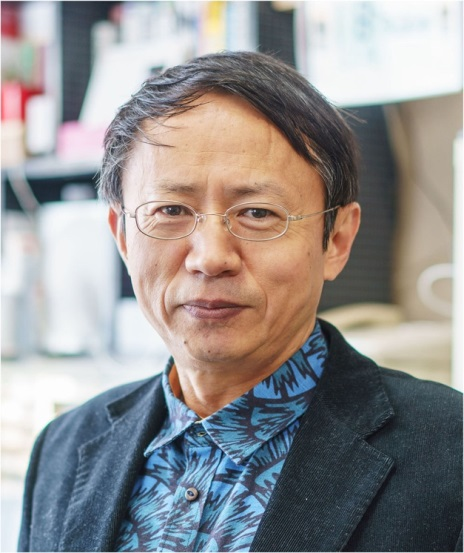
Prof. Weihua Jiang graduated from the National University of Defense Technology, Changsha, China, in 1982. He received the M.S. degree in plasma physics from the Institute of Atomic Energy, Beijing, China, in 1985 and Ph.D. degree in electrical engineering from the Nagaoka University of Technology, Nagaoka, Japan, in 1991. Since April 1991, he has been with Nagaoka University of Technology where he is now a full professor with the Department of Nuclear Technology and the Department of Electrical Engineering, and the Director of Extreme Energy-Density Research Institute. He has research and teaching experience with Texas Tech University, Lubbock, TX, USA, and Tsinghua University, Beijing. His current research interests include pulsed power technology, particle beam technology, and high-power microwave source technology.
Pulsed power has been widely used for plasma generation, especially in the process of high-voltage gas discharge. Atmospheric pressure discharge has been proved to be more active, and therefore more intriguing, compared with traditional low-pressure gas discharge. However, pulsed gas discharge under atmospheric pressure requires delicate pulsed-power source control due to its dynamic impedance behavior. On the other hand, compact, repetitive pulsed power generation technology based on solid-state switching devices has made profound progress in the last few decades. It has evolved from the technical schemes that enabled large-scale pulsed-power machines and has gradually established its unique approach to compact pulsed power generation which is characterized by repetitiveness, stability, reliability, and flexibility. This presentation is a review of the recent development in compact pulsed-power technology. It covers the technical issues of pulse power adding based on solid-state Marx circuits and solid-state LTD circuits. In these pulsed power circuits, digital control of the semiconductor switching devices enables not only complicated output pulse shaping, but also real-time feedback and intellectual source response. These progresses are bringing the compact pulsed-power technology to a new level, enabling more applications to plasma science.
Ricky Lay Kee ANG
Singapore University of Technology and Design
“Review of Electron Emission from Metals to 2D Materials”
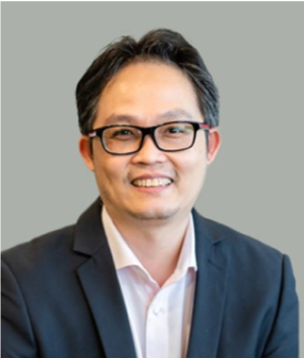
Prof. Lay Kee (Ricky) Ang received his PhD degrees from the University of Michigan, USA in 1996 and 1999, respectively. He is currently the Associate Provost (International Relations), Ng Teng Fong Chair Professor, and Professor of Science, Mathematics and Technology in the Singapore University of Technology and Design (SUTD). Before joining SUTD, he was a professor in the Division of Microelectronics, School of EEE, Nanyang Technological University, Singapore (2002-2011), and a LANL director postdoctoral fellow (1999-2001) in the Applied Physics division, Los Alamos National Laboratory (LANL). His current research interests are in the formulation of basic scaling laws of electron emission, charge transport, electrical contact, and light-matter interaction for applications in electronics, photonics and plasmas. For modeling, he is currently applying fractional calculus to analyze complicated and disordered systems. His research projects were/are funded by Singapore (MOE, ASTAR, SUTD) and USA (AFOSR and ONRG). He is a fellow of IEEE and fellow of IOP, IEEE Distinguished Lecturer and Top 2% Scientist in Applied Physics.
Electron emission from a cathode through an interface to vacuum or another medium is a fundamental process in beam, plasma, gas ionization, and electrical contact. Depending on the energy used to produce the electrons, it can be broadly characterized into 3 processes: thermionic emission TE (thermal energy), field emission FE (quantum tunneling), and photoemission PE (photon absorption or optical tunneling). At high current regime, the emission current density will become the space charge limited emission (SCLE). Basic models for these emissions (TE, PE, PE, SCLE) for metals or traditional materials have been widely studied: Richardson law, Fowler-Nordheim (FN) law, Fowler-Dubridge (FD), Keldysh model, and Child-Langmuir (CL) law. With the development of two-dimensional (2D) materials, these classical emission models will require new revision to account for various new operating conditions. The effects of roughness of cathode cannot be ignored especially for ultrathin cathode like 2D materials. In this talk, we will present some recent emission models to account for 2D materials and cathode roughness based on fractional calculus. New scaling laws will be reported different from the traditional models.
Julian Schulze
Ruhr-University Bochum
“Knowledge based Plasma Process Development in Technological Low Temperature Plasmas”
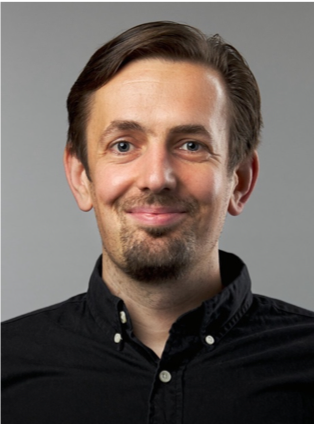
Prof. Julian Schulze obtained his PhD in plasma physics from Bochum University, Germany, in 2009. After a postdoctoral stay at the Wigner Research Center for Physics, Hungary, in 2010-2011 he became an Assistant Professor for Plasma Physics at West Virginia University, USA, in 2013. In 2016 he returned to the Ruhr-University Bochum, Germany, where he is now a professor for plasma technology in the Department of Electrical Engineering. He is also a Visiting Professor in the Physics Department of Dalian University of Technology, China, a member of the editorial board of Plasma Sources Science and Technology, and the previous Executive Committee Chair of the Gaseous Electronics Conference (GEC). His research interests are focused on high frequency technological plasmas, charged particle power absorption dynamics, Voltage Waveform Tailoring, plasma-surface interactions, and knowledge based plasma process development based on experiments, simulations, and modeling. Prof. Schulze has published more than 190 papers in international peer-reviewed journals and has co-authored more than 300 presentations at conferences in plasma science.
Technological low temperature plasmas are frequently used for a variety of applications of high societal relevance, e.g. semiconductor manufacturing, biomedical and environmental purposes. Based on a fundamental understanding of the charged particle dynamics in different plasma sources, i.e. capacitive, inductive, and dielectric barrier discharges, obtained by a synergistic combination of experiments and simulations, we present different process control concepts. Voltage Waveform Tailoring (VWT) is found to provide control of the sheath voltage waveforms as well as the space and time dependent bulk electric field. In this way VWT allows to control the electron as well as the ion power absorption dynamics and, thus, the electron and ion energy distribution functions so that distinct neutral species can be generated more energy efficiently in the plasma volume and distinct surface reactions can be induced. Via VWT electrons can be accelerated into high aspect ratio dielectric etch trenches to reduce positive wall charging inside such features. In low to intermediate pressure capacitive plasmas, the electrode material and topology are found to affect the electron power absorption dynamics via different surface coefficients for secondary electron emission and electron reflection as well as via localized RF hollow cathode effects. At atmospheric pressure such surface customization provides control of the streamer dynamics in dielectric barrier discharges. Based on this fundamental understanding, electrodes can be custom-designed to reduce the lateral discharge non-uniformity in large area plasma processing applications and to improve plasma induced gas conversion.
Takayuki Watanabe
Kyushu University
“Multiphase AC Arc System for Nanomaterials Processing”
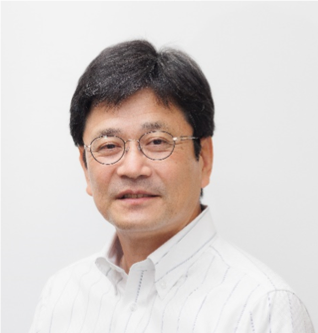
Prof. Takayuki Watanabe was born in Yokohama, Japan, in 1961, received his Ph. D at Tokyo Institute of Technology in 1991. Since 2013, he has been Professor of the Kyushu University. Professor Watanabe is an expert in the area of plasma processing science. He is widely known for his work in the area of plasma modeling and applications. He has studied a wide range of applications of plasma technology including nanoparticle and nanotube syntheses, waste treatment, materials processing. From 2020 to 2023, he led the field of plasma chemistry in industry and academia in Japan as chairman of the JSPS 153 Committee on Plasma Science for Materials. He is the Board of Directors of International Plasma Chemistry Society, and he organized 25th International Symposium on Plasma Chemistry as the Chair in 2023.
The multiphase AC arc is one of the most attractive thermal plasmas because it has advantages such as high energy efficiency, large plasma volume, low gas velocity compared with the conventional thermal plasmas. Understanding the temperature characteristics is significantly necessary to apply the multiphase AC arc to the material synthesis efficiently. Fluctuated temperature field of the multiphase AC arc were successfully visualized by a high-speed camera with appropriate band-pass filter in this study. The transmission wavelengths of the band-pass filter were 675 nm and 795 nm for the Ar atomic line. The temperature was calculated from the ratio of two wavelength. Obtained results indicates that controlling pressure enables to make high temperature field suitable for required process such as evaporating and melting. Visualization of metallic vapor using emission from Li atom feed as raw materials for nanoparticle have recently been conducted. Three representative emissions from Li atom at 671, 610, and 460 nm were confirmed. In particular, absorption at 671 nm in thermal plasmas was experimentally confirmed. The purpose of this study is to establish the method to measure Li atom density using Li self-absorption.
Peter Bruggeman
University of Minnesota
“Low Temperature Plasma Science to Advance Human Health and Enable a Sustainable Future”
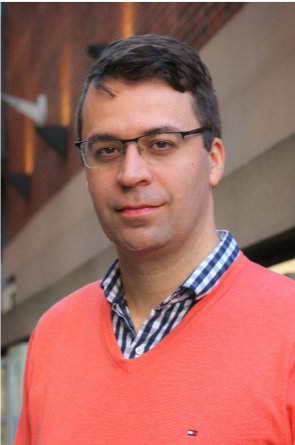
Prof. Peter J. Bruggeman is the Ernst Eckert Professor and Director of Graduate Studies of Mechanical Engineering at the University of Minnesota. His research is focused on low temperature plasma science and engineering with applications in health and sustainability. He serves as the Director of the High Temperature and Plasma Laboratory consisting of 3 faculty and about 25 researchers and Associate Director of the Department of Energy Center on Plasma Interactions with Complex Interfaces consisting of 8 institutions. He also leads a MURI (Multidisciplinary University Research Initiative). His research has been recognized by several awards including the 2018 Peter Mark Memorial Award of the American Vacuum Society and the 2020 George W. Taylor Award for Distinguished Research of the College of Science and Engineering of the University of Minnesota and the University of Michigan Prize for Excellence in Plasma Science and Engineering. Prof. Bruggeman serves as an editorial board member of several journals, served on the committee charged by the National Academies with the Decadal Study of Plasma Science (Plasma 2020), and co-edited the 2017 and 2022 Plasma Roadmap giving directions for the future development of the field of low temperature plasma.
Low temperature plasmas can produce high reactivity at ambient temperatures and pressures. This unique capability enables several emerging applications including wound healing, water treatment, decontamination, and sustainable chemical processing. This presentation will provide an overview of the-state-of-the-art in the field of low temperature plasmas with a focus on the scientific advances in the understanding of interactions of atmospheric pressure plasmas with solids, liquids and living matter in the context of advancing human health and enabling a sustainable future. We will show several examples of the potential of plasma-enabled decontamination applications and their underpinning mechanisms. In addition, we will highlight the ability of low temperature plasma to contribute to a sustainable future in the context of water treatment and chemical conversion enabled by plasma-catalysis. We will report quantitative studies involving modeling and experiments that allow identifying mechanisms and rate limiting steps and provide insights critical for process development.
Chao Chang
Xi’an Jiaotong University & Peking University
“THz Sensoring and Influence on Bio-matter”
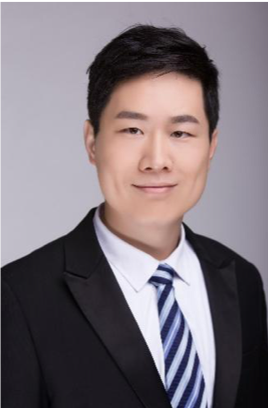
Prof. Chao Chang, Distinguished Scholar of Natural Science Foundation of China, and Leading talents of China Ten thousand Plan. Recipient of China State Science Award (1st), Ho Leung Ho Lee Foundation Innovation Prize; IEEE NPSS Early Achievement Award; Recipient of Tan Kah Kee Young Scientist Award; Special Award of China Youth Science and Technology Award. He is Chair of China Terahertz Biology Society, General Chair of 2018 APCOPTS, TPC of 2020 47th ICOPS and 2024 51st ICOPS. IEEE Plasma Science Technology Executive Committee; Founding Chair of IEEE NPSS Xi’an Chapter; Senior Editor of IEEE Trans. Plasma Science. As the first and corresponding author, he published 100 SCI papers in the international major journals, including PNAS, Nature Comm., AM, JACS, PRL, ACS Nano, Sci. Bulletin, Nano Lett., and series of IEEE; authorized 25 patents.
The recent developments of THz biosensing low concentrated bio-liquid-matter, THz modulating bioeffect, and detecting neuron information are discussed in this talk. We developed a sensitive Terahertz (THz) refractive sensing, and fingerprint recognition based on surface waves (SWs) with a long-range transmission, strong confinement, and interface sensitivity [1]. To realize calibration free for monitoring cancer, we exploit laser controlled THz metasurface, photoexcitation of silicon bridge enables two EIT modes shifting frequency and dividing spectra to eliminate errors [2]. We found Terahertz wave enhances permeability of the voltage-gated ion channel by selectively resonant interaction with the functional groups of selectivity filter chains based on the vibrational spectrum of THz peak away from water absorption [3]. We found 42.5 THz resonates with carboxyl group, alters the free energy of channel and promote ion transport, useful for therapeutic treatment for nerve diseases. We found THz-infrared light have nonthermal, long distance, and reversible modulatory effects on ion channel activity by patch-clamp record from mouse neocortical pyramidal cells. THz fires the action potential reversibly [4]. What is the underlying mechanism? By molecular dynamic simulation, the spectra of ion channels K+ (potassium) and Na+ (sodium) have several peaks in THz-infrared region. THz inducing resonance vibration of carbonyl groups(C=O) at K+ selectivity filter increases channel permeability. Due to mismatched frequency for carboxyl group (COO-) vibration at Na+ channel filter, no obvious change in Na+ permeability would occur [4]. We found THz light activates cortical neuron without exogeneous gene and trigger neuron signal firing, diagnosed by two photon imaging. THz modulates the brain behavior, and accelerates associative learning [5]. Mices received THz targeting to the auditory cortex during listening task exhibit a ~50% faster learning speed than control mices [5].
Acknowledgment
National Science Fund for Distinguished Young Scholars 12225511
References
[1]. Z.Zhang, Z.Wang, C.Zhang, Z.Yao, S.Zhang, R.Wang, Z.Tian, J.Han, C.Chang*, J.Lou*, X.Yan*, C.Qiu*, Advanced Terahertz refractive sensing and fingerprint recognition through metasurface-excited surface waves, Advanced Materials, 2024, 2308453
[2]. J.Lou, Y.Jiao, R.Yang, Y.Huang, X.Xu, L.Zhang, Z.Ma, Y.Yu, W.Peng, Y.Yuan, Y.Zhong, S.Li, Y.Yan, F.Zhang, J.Liang, X.Du, C.Chang*, and C-W.Qiu*, Calibration-free, high-precision, and robust terahertz ultrafast metasurfaces for monitoring gastric cancers, PNAS, 119(43)(2022), 2209218119.
[3]. Y.Li, C.Chang*, Z.Zhu, L.Sun, C.Fan*, Terahertz wave enhances permeaility of the voltage-gated calcium chanel, J. Am. Chem. Soc.(JACS), 143(9)(2021), 4311-4318. (Cover Paper)
[4]. X.Liu, Z.Qiao, Y.Chai, Z.Zhu, K.Wu, W.Ji, D.Li, Y.Xiao, L.Mao, C.Chang*, Q.Wen*, B.Song*, and Y.Shu*, Nonthermal and reversible control of neuronal signaling and behavior by midinfrared stimulation, PNAS, 118(10)(2021), 2015685118.
[5]. J.Zhang, Y.He, S.Liang, X.Liao, T.Li, Z.Qiao, C.Chang*, H.Jia*, X.Chen*. Non-invasive, opsin-free mid-infrared modulation activateds cortical neurons and accelerates associative learning, Nature Communication, 12(1)(2021), 2730.




